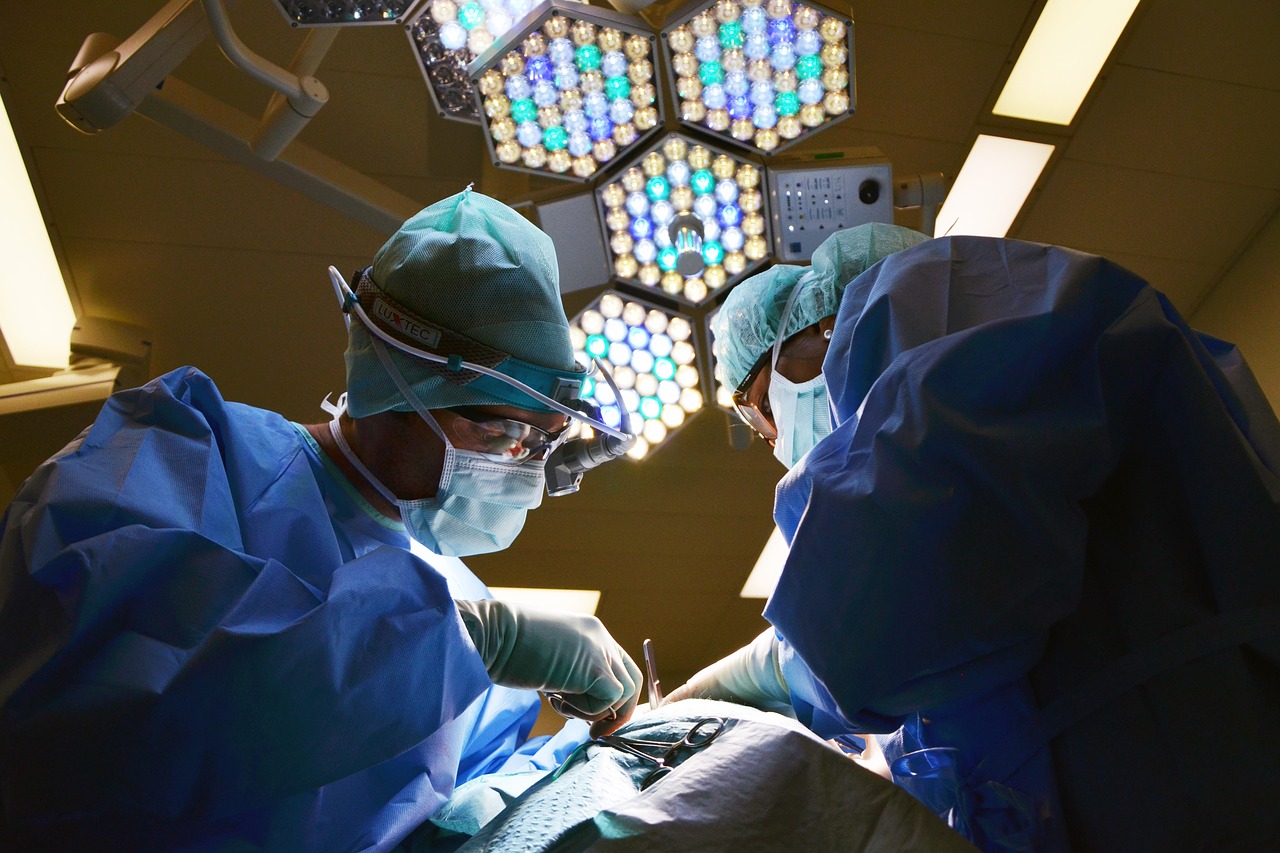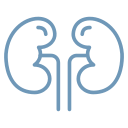Your Guide to Understanding Kidney Health
At Demas Medical, we believe that knowledge empowers patients and their families. This section provides reliable information and resources to help you understand kidney disease, navigate treatment options, and manage your health effectively. We are here to support you with clear, accessible information based on trusted medical knowledge and tailored to our community in Saudi Arabia.
Understanding Chronic Kidney Disease (CKD)::
Chronic Kidney Disease (CKD) is a long-term condition where the kidneys gradually lose their function over time. Kidneys are vital organs responsible for filtering waste, excess fluids, and toxins from the blood. When kidney function declines, harmful waste builds up in the body, which can lead to serious health problems, including kidney failure, cardiovascular disease, and even death if not managed properly.
1. Diabetes – A Major Risk in Saudi Arabia Saudi Arabia has one of the highest rates of diabetes in the world (over 18% of adults). Type 2 diabetes is widespread due to sedentary lifestyle, poor dietary habits, and obesity. Uncontrolled diabetes leads to kidney damage over time, making it the primary cause of CKD in the Kingdom. 2. Hypertension – Another Key Contributor High salt intake, obesity, and physical inactivity contribute to elevated blood pressure levels in KSA. Hypertension often coexists with diabetes, compounding the risk of CKD.
CKD progresses through 5 stages, with Stage 5 being End-Stage Renal Disease (ESRD), where dialysis or kidney transplantation is required.
Symptoms of CKD
Chronic Kidney Disease often develops slowly and may not show symptoms in early stages. As kidney function declines, the following signs and symptoms may appear:
Early Stages (Stages 1–2)
Often asymptomatic
Slight elevation in blood pressure
Possible presence of protein in urine (proteinuria)
Moderate Stages (Stages 3–4)
Fatigue or weakness
Swelling in hands, feet, or ankles (edema)
Back pain or side pain
Changes in urination:
Foamy or bubbly urine
Increased or decreased frequency
Nocturia (frequent urination at night)
Hypertension (high blood pressure)
Loss of appetite
Nausea or vomiting
Itchy skin
Muscle cramps (especially at night)
Advanced Stage (Stage 5 / Kidney failure)
Severe fatigue and weakness
Confusion or difficulty concentrating
Persistent nausea and vomiting
Shortness of breath
Chest pain (due to fluid buildup around the heart)
Severe edema
Darkening of the skin
Metallic taste in the mouth or ammonia breath
Diagnosis of CKD
CKD is typically diagnosed through a combination of:
1. Blood Tests
Serum Creatinine: Elevated levels indicate impaired kidney function.
eGFR (Estimated Glomerular Filtration Rate):
Normal: ≥90 mL/min/1.73 m²
CKD is diagnosed if eGFR is <60 for 3 months or more.
BUN (Blood Urea Nitrogen): Elevated in kidney dysfunction.
2. Urine Tests
Urinalysis: Checks for protein (proteinuria), blood (hematuria), or other abnormalities.
Albumin-to-Creatinine Ratio (ACR): Measures small amounts of albumin in the urine; a key early marker of kidney damage.
3. Imaging Tests
Ultrasound or CT scan: To assess kidney size, structure, cysts, or obstructions.
4. Kidney Biopsy (in selected cases)
A small sample of kidney tissue is examined to determine the cause of kidney damage.
5. Other Evaluations
Blood pressure monitoring: Hypertension is both a cause and consequence of CKD.
Diabetes screening: As diabetes is a leading cause of CKD.
Dialysis Explained::
What is Dialysis?
Dialysis is a medical treatment that performs the function of the kidneys when they are no longer able to work effectively. It removes waste products, excess fluids, and toxins from the blood, helping maintain the body’s balance of electrolytes and fluid.
Why is Dialysis Needed?
Dialysis is needed when a person develops End-Stage Renal Disease (ESRD), or Stage 5 Chronic Kidney Disease, where kidney function drops below 10–15% of normal. At this stage, the kidneys can no longer maintain a healthy internal environment on their own.
Reasons Dialysis is Needed:
To remove waste products like urea and creatinine from the blood.
To remove excess fluid to prevent swelling, high blood pressure, or heart failure.
To correct electrolyte imbalances (like potassium, sodium, calcium).
1. Hemodialysis (HD)
Hemodialysis uses a machine to clean your blood. It usually takes place in a dialysis center or hospital.
During Treatment
Time: Typically lasts 3 to 5 hours, 3 times a week.
Monitoring: Staff will check your vital signs regularly.
Sensations:
You may feel a slight chill, fatigue, or cramping.
If too much fluid is removed too quickly, you may feel dizzy or nauseated.
Activities: You can relax, nap, watch TV, read, or use a phone/tablet.
2. Peritoneal Dialysis (PD)
This type of dialysis uses the lining of your abdomen (peritoneum) to filter blood. It’s usually done at home.
What to Expect
Exchange process:
Dialysis fluid is infused through a catheter in your abdomen.
It stays in your belly for several hours (dwell time).
Then it’s drained and replaced with fresh fluid.
Time:
Each exchange takes about 30–40 minutes (CAPD).
APD typically runs overnight for 8–10 hours.
Sensation:
You may feel full or bloated during the dwell time.
Some pressure or mild discomfort is normal at first.
There are two main types of dialysis:
Hemodialysis (HD):
Blood is filtered through a machine (dialyzer) outside the body.
Typically done 3 times a week for about 3–5 hours per session.
Requires access to a blood vessel (via a fistula, graft, or catheter).
Peritoneal Dialysis (PD):
Uses the lining of the abdomen (peritoneum) as a natural filter.
A special fluid is introduced into the abdominal cavity to absorb waste, then drained out.
The Day of Your First Session
For Hemodialysis:
Arrive early to meet your care team.
Expect the first session to take longer (up to 4–5 hours), including setup and education.
You’ll be weighed before and after to assess fluid removal.
Blood pressure and vital signs will be checked frequently.
Needles will be placed in your access to start the dialysis process.
For Peritoneal Dialysis:
You'll be trained on how to perform exchanges and care for your catheter.
You may begin exchanges in the clinic or at home with supervision.

